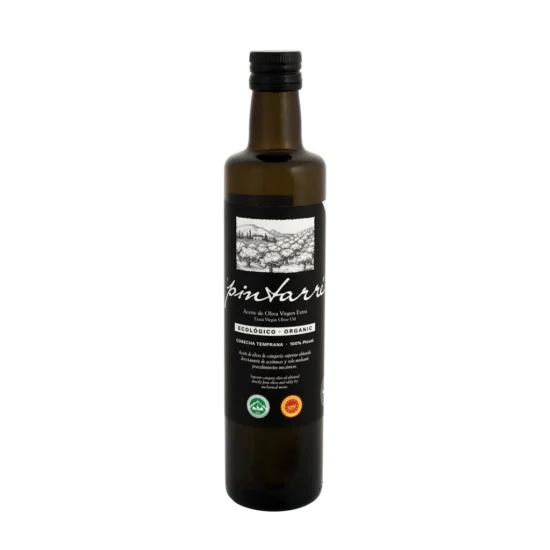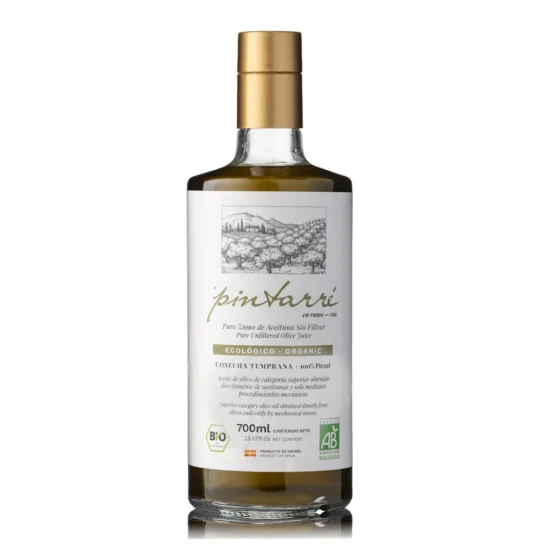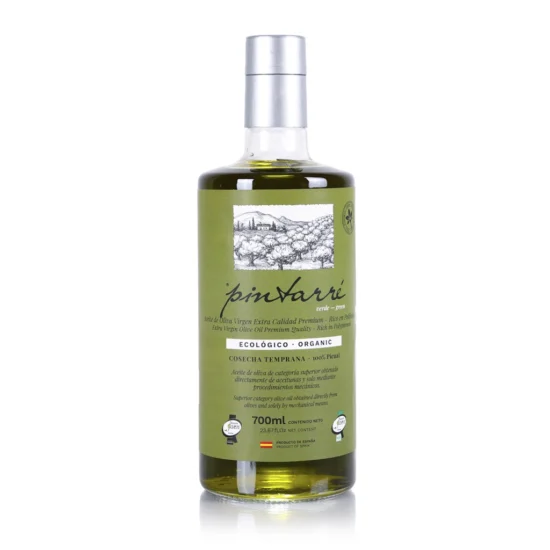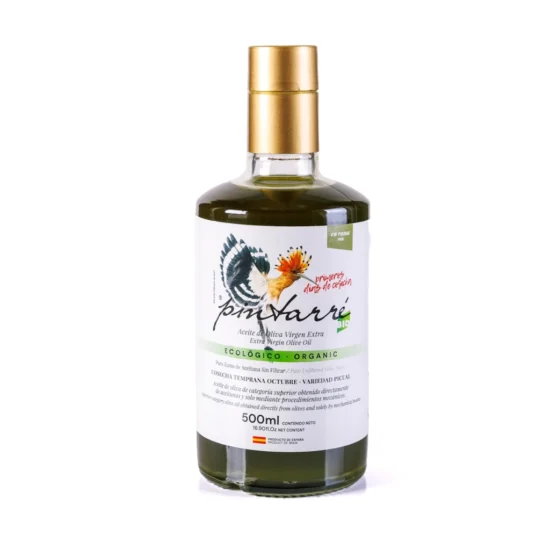You can hardly find a traditional cooking oil in German supermarkets these days. Olive oil, however, is available. However, there are a number of beliefs surrounding its production and nutritional properties, both false and true. It cannot be heated, it contains less fat than other vegetable oils… How can you separate truth from fiction? Five common myths and what they’re all about.
Olive oil can certainly be used for cooking and even frying. Its smoke point of 210°C is one of the highest among vegetable oils. Heating olive oil is therefore not harmful to health. However, due to the increase in temperature, the olive oil loses some of its flavor qualities and aromas.
It is therefore advisable to use olive oils with a protected designation of origin for cold dishes, short cooking times, foods that absorb flavors (e.g., fried potatoes), or to add them at the end of cooking to take advantage of all the flavors. For cooking, it is best to use an “”everyday”” extra virgin olive oil.
The term “”virgin oil”” refers to the extraction process. Oils can be extracted from various raw products such as olives, walnuts, or hazelnuts. For virgin oils, only mechanical (pressing) or physical (centrifugation) methods are used to preserve all their flavor and nutritional properties.
If the term “”refined”” isn’t found on the label, it means the oil has been refined. This is very common with sunflower oil, rapeseed oil, or peanut oil. The most common virgin oil is olive oil (virgin or extra virgin).
All vegetable oils are 99.9% lipids, or fats. They all contain the same amount of fat and have the same calorie content (approx. 900 kcal/100 ml). On the other hand, they differ in their composition of fatty acids (saturated, monounsaturated, and polyunsaturated fatty acids) and smaller compounds (phenols, vitamins, omega fatty acids, etc.). This composition varies depending on the raw material from which the oil is obtained. 100 grams of olive oil consists of 75 grams of monounsaturated fatty acids, 15 grams of saturated fatty acids, 9 grams of polyunsaturated fatty acids, and 1 gram of smaller compounds. Among the smaller compounds, olive oil contains primarily vitamin E, vitamin K, and polyphenols.
Olive oil is one of the few unrefined vegetable oils. Due to the “”native”” extraction method, it is almost pure fruit juice. On the one hand, the type of olive or the composition of the different varieties from which it is obtained is crucial. On the other hand, the region and its soil composition, climate, know-how, and other factors also influence the flavor. Similar to wine, olive oils therefore taste different. Olive oils with a protected designation of origin, in particular, have an original and unique flavor.
Refining is a physical or chemical process that removes the flavor, color, and odor from the oil, preserving only some of its nutrients. If an oil is virgin, meaning unrefined, it retains the flavor and nutritional values of the fruit or plant from which it was obtained. Therefore, it is not a question of quality, but rather of naturalness and flavor. Olive oils with a protected designation of origin are always virgin or extra virgin.
Important Note: aceitedelcampo.com promotes the consumption of extra virgin olive oil for its culinary qualities and health benefits. However, no medication or current treatment should be replaced without the guidance of a healthcare professional.




ALZAYT EXPORT SL
info@aceitedelcampo.com
C/ Eduardo Bosca 19, 2-5
46023 Valencia
Subscribe and receive a coupon by email for your next purchase.